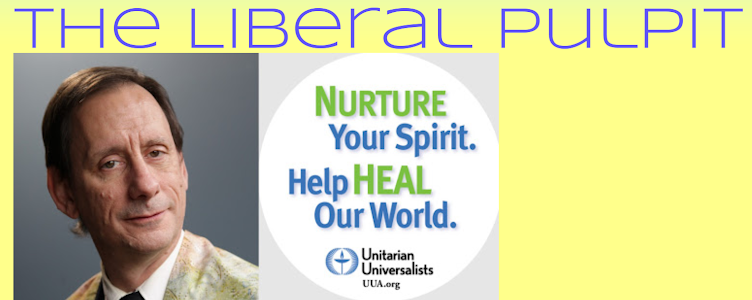Love and Desire, part 2
Too much aloneness destroys a person. At the other end, not enough aloneness can dissolve us. This happens when the need for connection drives us to become so connected that individuality is lost. Autonomy dissolves and personal boundaries become permeable and unclear.
One form of this is called enmeshment. In enmeshed families, one person’s emotions become the whole family’s emotions – one member’s anxiety or depression is taken on by other family members. A couple over-involved in each other’s lives can become like one person, rather than a relationship of two distinct people. This isn’t loving too much – rather, it’s a misdirection of the drive which could have been steered into love, but instead was steered into something unhealthy.
Another misdirection of the drive for love is obsession. Technical enmeshment takes a while to form, but an obsession can arise quite quickly. What we call “falling in love” has a certain obsessiveness to it – and that’s OK as kickstarter for a relationship. At the beginning stage of a romantic relationship, it feels ecstatic: we are awash in a truly intoxicating cocktail of neurotransmitters, like dopamine, oxytocin, and serotonin – hormones, like testosterone, and estrogen – pheromones, and natural amphetamines like phenylethylamine. Our love object appears to us to embody all our hopes and dreams, fulfill our every need. That’s one delusion.
Another delusion is that this will never end. But that level of production of those chemicals is not sustainable. Usually in about six months to a year those hormones, pheromones, amphetamines and neurotransmitters begin to ebb. If the relationship continues it becomes more settled, sustained by a trust that grew strong enough to withstand the subsiding of the initial obsessive, delusive euphoria. This kind of temporary obsession can be a nice place to visit, but you can’t live there.
Irvin Yalom says that “therapy and a state of love-merger are incompatible” because the fusion of this stage eliminates the self-awareness necessary to make progress in therapy. He writes:
“Beware the powerful exclusive attachment to another. It is not, as people sometimes think, evidence of the purity of the love. Such encapsulated, exclusive love – feeding on itself, neither giving to nor caring about others – is destined to cave in on itself. Love is not just a passion spark between two people. There is infinite difference between falling in love and standing in love. Rather, love is a way of being, a ‘giving to,’ not a ‘falling for’ – a mode of relating at large, not an act limited to a single person.” (Love's Executioner)Standing in love is that middle path I was talking about. On the aloneness scale, our individuality occupies the middle ground between on the one hand being isolated, and on the on the other hand being dissolved into the other – merged, fused, enmeshed.
On the meaning scale, we inhabit a world between on the one hand the meaninglessness in which nothing matters, nothing is important, and, on the other hand the meaninglessness of having no choice because everything is dictated. We stand in a context of meaning and values that gives us purpose and direction – yet also leaves us free to creatively engage with what we value. It isn’t love itself that goes awry, but our attempt to get to love -- to steer those middle paths between too much aloneness and not enough, between an absence of meaning and overly rigid meaning -- can go off track.
None of us is perfectly balanced. We are, at best, wobbly tight-rope walkers – now leaning too far one way, then over-correcting and leaning to far the other way. Back and forth, we wobble our way through life – and that’s how it must be, for only by wobbling too far on one side can we learn that that isn’t balanced, and begin to feel the need to correct.
Dr. Yalom’s patients show us some significant derailings. The fortunate among us are spared from the extremes his case studies illustrate, but all of us wrestle with the same imbalances in some form. There is something of ourselves to recognize in each of his case studies. Yalom’s patients also illustrate ways that the other two existential dreads – death (of ourselves and of loved ones), and responsibility for our freedom – are always in the mix as we wobble along.
Take Thelma, for example . . . NEXT: The Case of Thelma
* * *
This is part 2 of 3 of "Love and Desire"
See also
Part 1: The Wobbly Middle Path of Love
Part 3: Thelma and the Existential Dreads


No comments:
Post a Comment